FileBurwood Greek Orthodox Church.JPG Wikimedia Commons
The Greek Orthodox Archdiocese of America, with its headquarters located in the City of New York, is an Eparchy of the Ecumenical Patriarchate of Constantinople, The mission of the Archdiocese is to proclaim the Gospel of Christ, to teach and spread the Orthodox Christian faith, to energize, cultivate, and guide the life of the Church in the United States of America according to the Orthodox.

FileGreek Orthodox Church alEizariya.jpg Wikipedia
The Orthodox Church in America traces its origins to the arrival in Kodiak, Alaska of eight Orthodox missionaries from the Valaamo Monastery in the northern Karelia region of Russia in 1794. The missionaries made a great impact on the native Alaskan population and were responsible for bringing many to the Orthodox Christian faith.
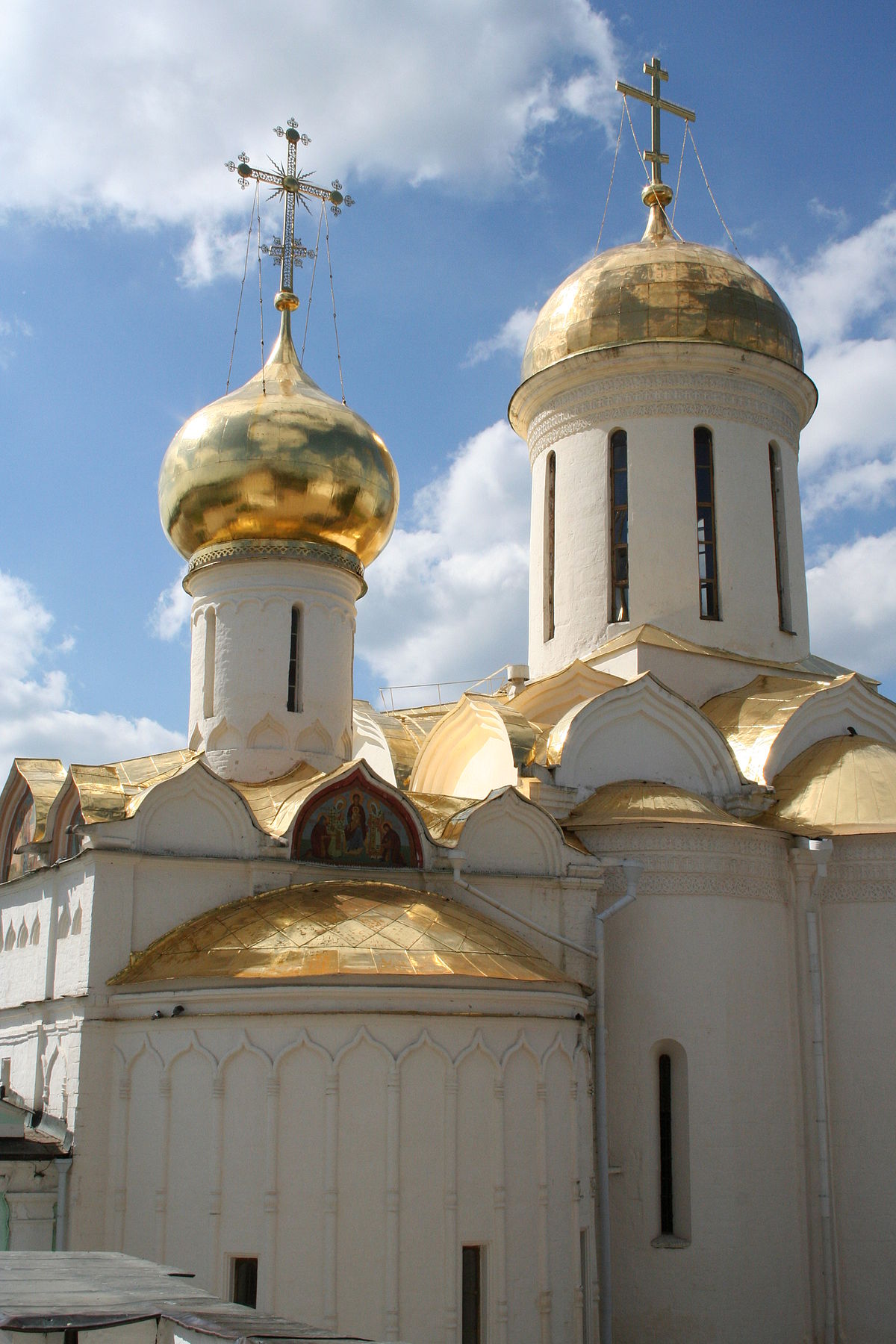
History of the Russian Orthodox Church Wikipedia
The final decision was taken during the minority of the new king of Greece, Otto I, through his Protestant regent, G.L. Maurer, who, fearing that the Turkish government might still be able to influence Greek politics through the ecumenical patriarchate, declared the Greek church autocephalous in 1833.
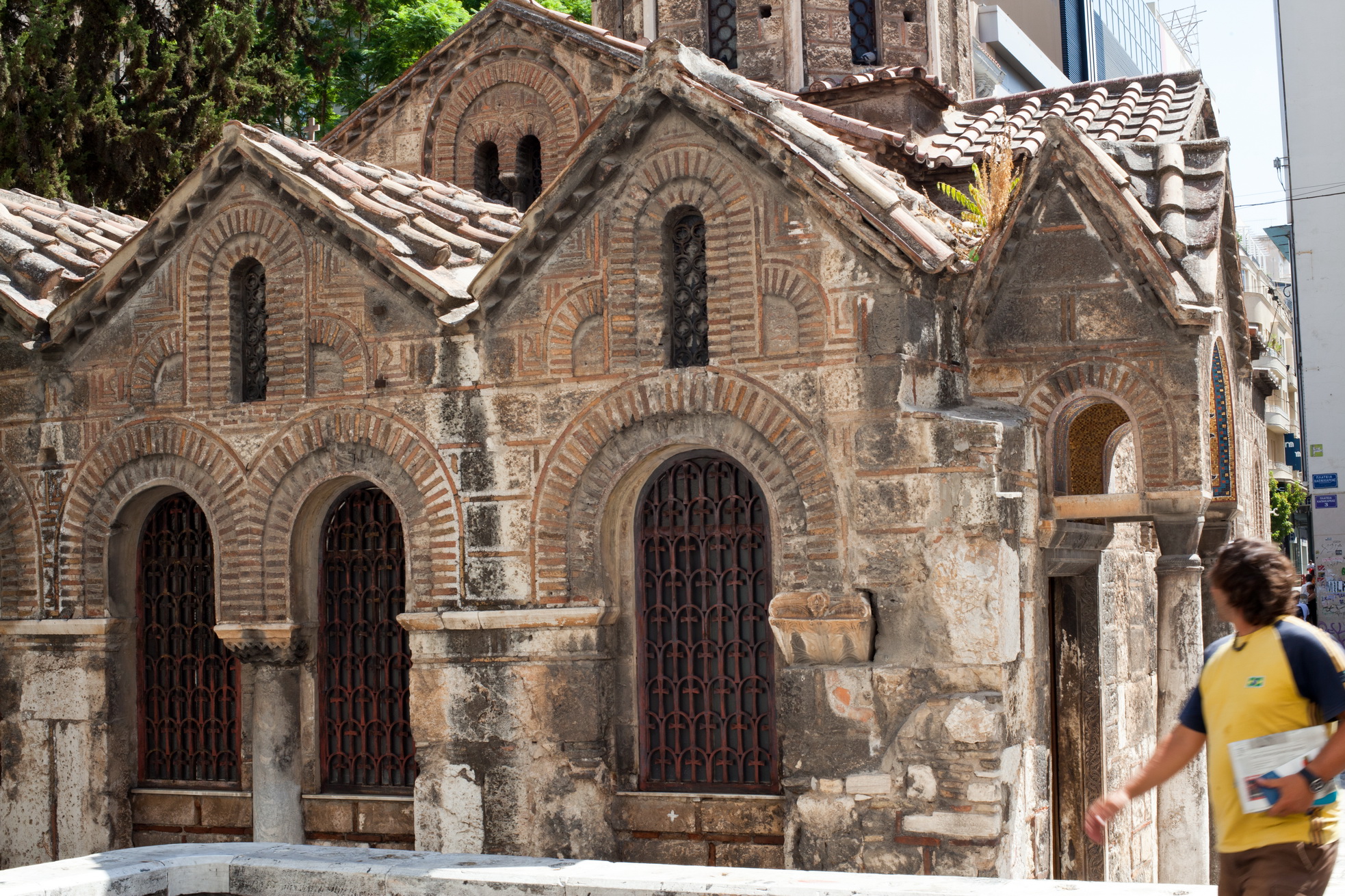
The Church of Panaghia Kapnikarea is a Greek Orthodox church one of the oldest churches
The Greek Orthodox Archdiocese of America, with its headquarters located in the City of New York, is an Eparchy of the Ecumenical Patriarchate of Constantinople, The mission of the Archdiocese is to proclaim the Gospel of Christ, to teach and spread the Orthodox Christian faith, to energize, cultivate, and guide the life of the Church in the United States of America according to the Orthodox.

Our Orthodox Church Misled by Deception? Helleniscope
Last Updated: Article History Table of Contents Greek Orthodox Church Greek Orthodox Church of the Annunciation, Nazareth, Israel. Greek Orthodox Church, specifically, the Church of Greece ( see Greece, Church of ). The name is also commonly applied to Eastern Orthodoxy ( q.v.) in general.

St. Sophia Greek Orthodox Cathedral Los Angeles, CA Baroque Architecture, Religious Architecture
Overview Structure Theology ( History of theology) Liturgy Church history Holy Mysteries View of salvation View of Mary View of icons Background Organization Autocephalous jurisdictions Autonomous jurisdictions Noncanonical jurisdictions Ecumenical councils History Church Fathers Pentarchy Byzantine Empire Christianization of Georgia

A Shared History The Orthodox Church's Byzantine Heritage HTP Bookstore
Published 6/11/85 Rev. Fr. Thomas Fitzgerald The Church has her origin with Jesus Christ and the Holy Spirit, not with a human teacher, or group, nor a code of conduct or religious philosophy. Orthodoxy believes that the Church has her origin in the Apostolic Community called into being by Jesus Christ, and enlivened by the Holy Spirit.
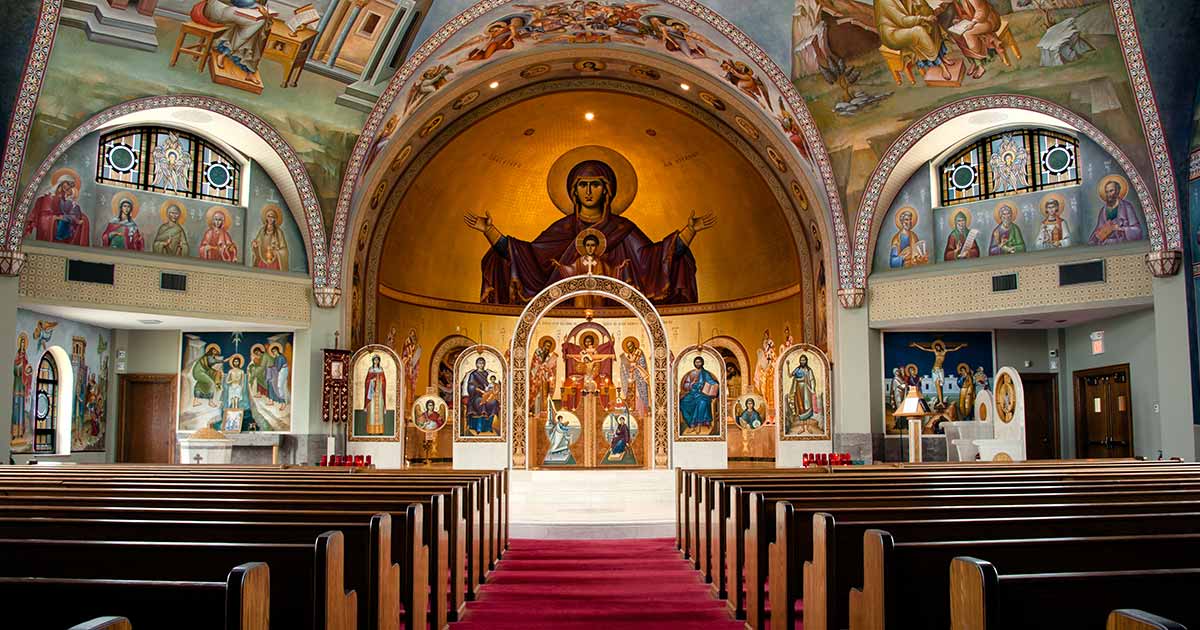
House of God St. Greek Orthodox Church
The Orthodox Church in the West. Historically, 1768 marks the arrival of the first Greek Orthodox to the New World. These pioneers founded the colony of New Smyrna some forty miles south of St. Augustine, Florida. A small group of New Orleans Greek merchants built the first church in 1864.
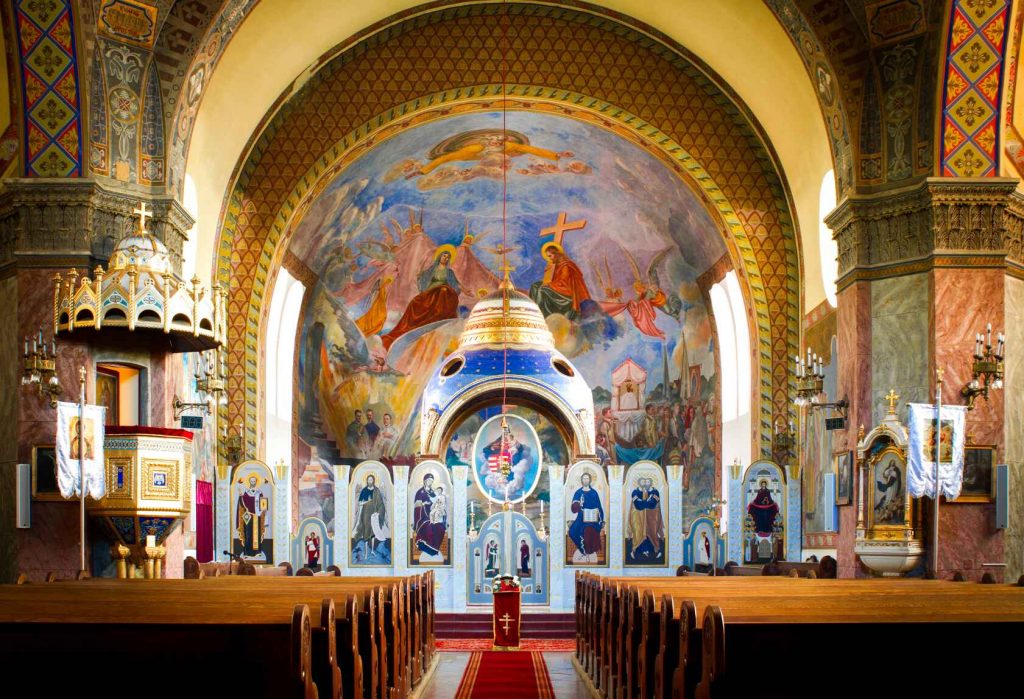
Greek Orthodox Church visitdebrecen
Course 6.9K views Greek Orthodoxy History In the early days of Christianity, there were no major divisions between different sects or churches. While there were some cultural differences and.

Pin on Churches
History The Greek Orthodox churches are descendants of churches which the Apostles founded in the Balkans and the Middle East during the first century A.D., [16] [17] [18] [19] [20] [21] [22] as well as maintainers of many ancient church traditions. [22] Churches The four ancient patriarchates :
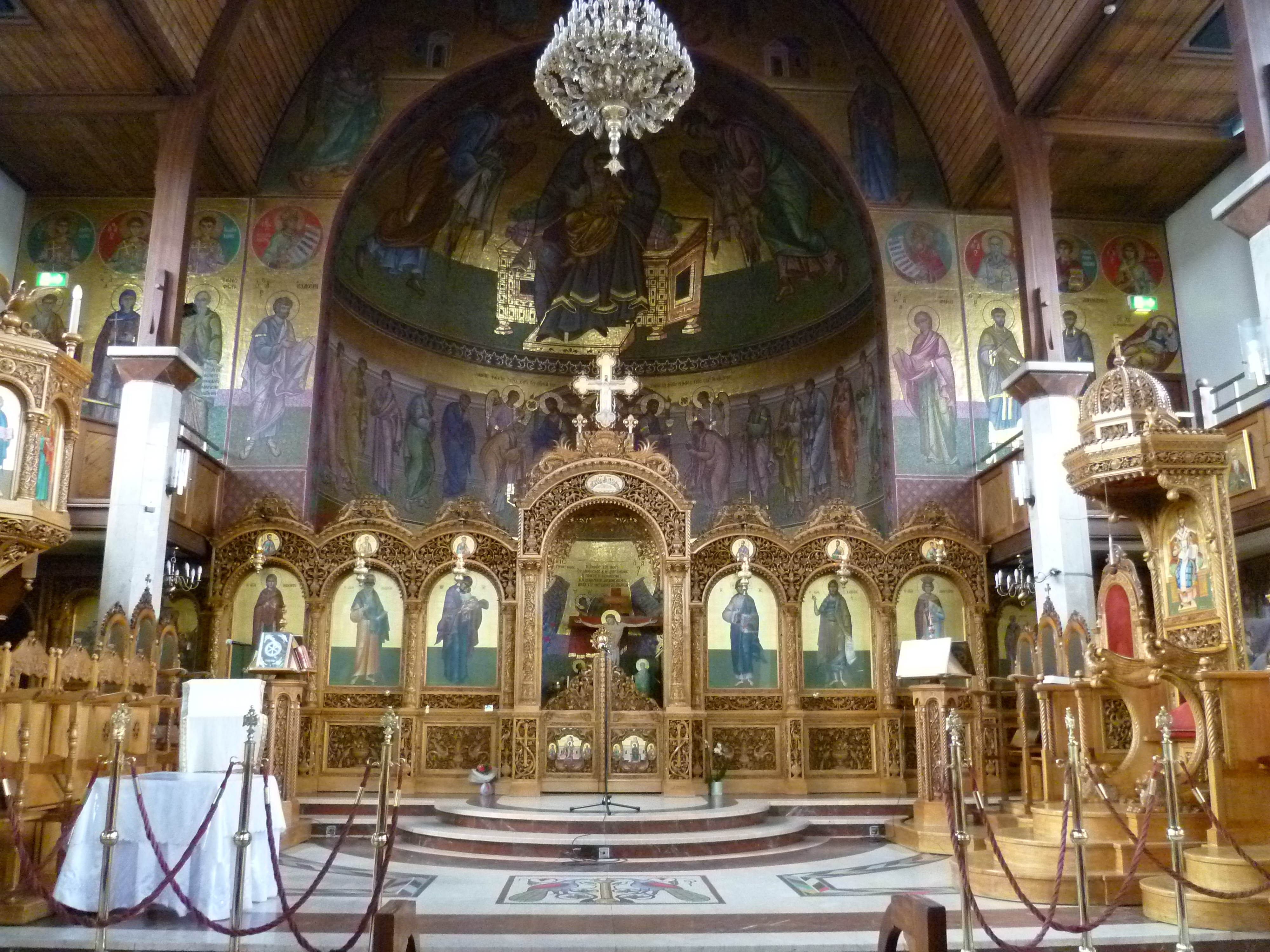
A Brief History of Eastern Orthodoxy Brewminate A Bold Blend of News and Ideas
Greek Orthodox Archdiocese of America -- History, Orthodox Eastern Church -- United States -- History, Greek Orthodox Archdiocese of America, Orthodox Eastern Church, United States Publisher New York : Greek Orthodox Archdiocese of North and South America Collection inlibrary; printdisabled; trent_university; internetarchivebooks Contributor

Church of Greece Orthodoxy, Autonomy & Hierarchy Britannica
History of the Orthodox Church Although originally the Eastern and Western Christians shared the same faith, the two sides began to separate after the seventh Ecumenical Council in 787 A.D. and are generally considered to have ultimately divided over the dispute with Rome in the Great Schism in 1054.
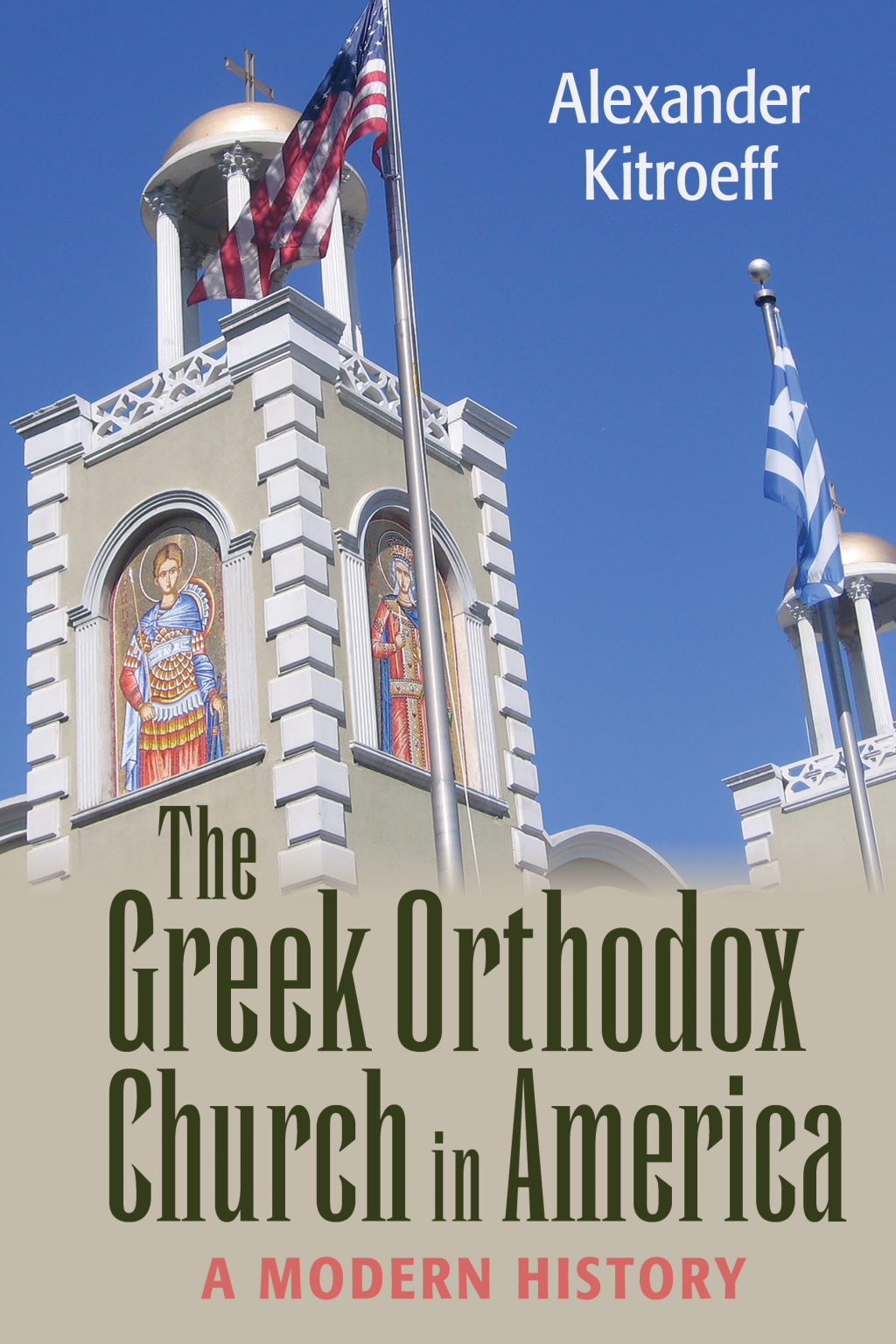
The Greek Orthodox Church in America A Modern History Greek Language in Canada
The Orthodox Church in America (OCA), an offshoot of the Russian Orthodox Church, has published a book about the history of Orthodoxy in America and makes it available for online reading. To read this book, Orthodox Christians in North America, 1794-1994, click this link. The book is also available in print.
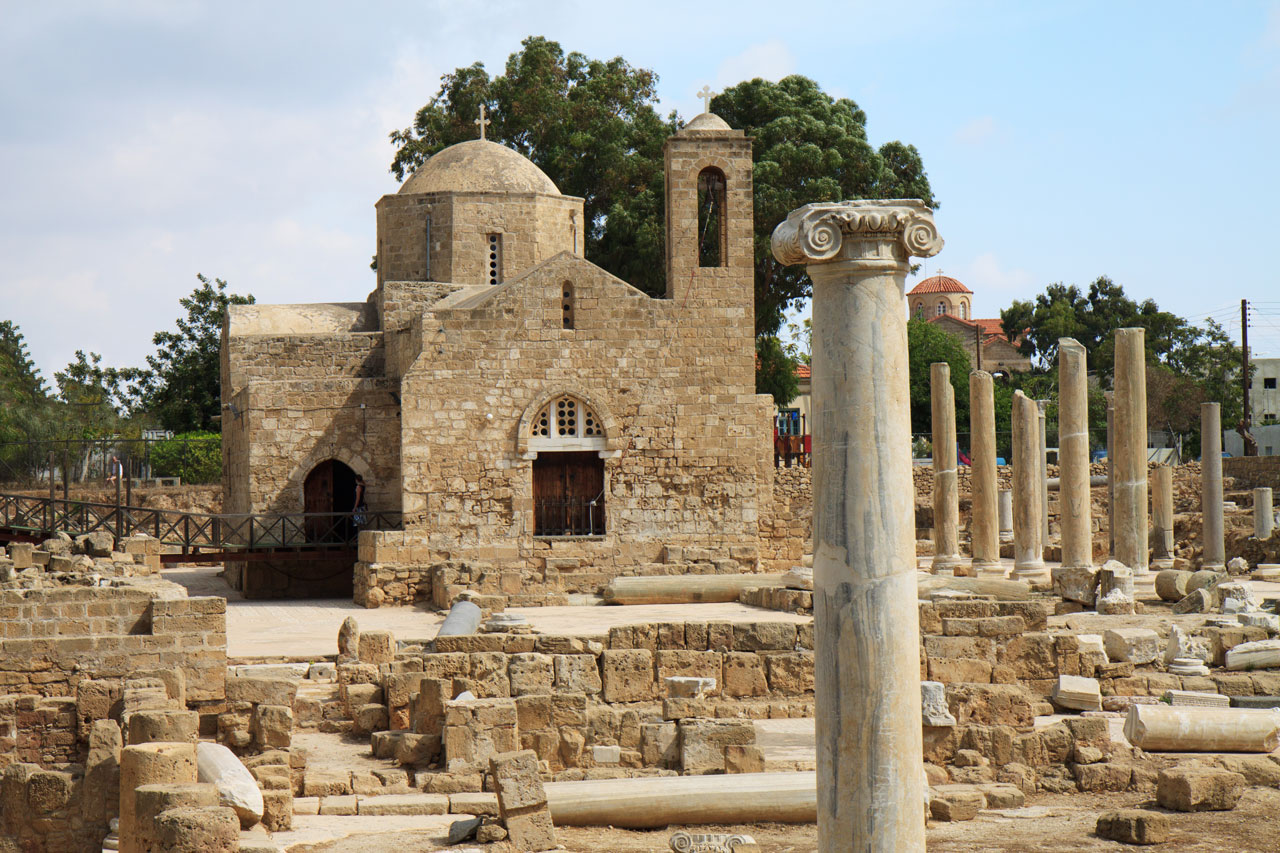
Old Greek Orthodox Church Free Stock Photo Public Domain Pictures
The Greek Orthodox Archdiocese, which is the largest, has about 500 parishes and operates church schools, parochial schools, an orphanage, a college, and a graduate theological school. Many believe that Orthodoxy in America has the potential for true renewal, creative development, and missionary activity which can contribute greatly to American.

Holy Trinity Russian Orthodox Cathedral Buildings of Chicago Chicago Architecture Center
Jan. 6, 2024, 1:02 AM ET (AP) Orthodox Christmas: Why it's celebrated by some believers 13 days after Dec. 25 Eastern Orthodoxy, one of the three major doctrinal and jurisdictional groups of Christianity.

Orthodox Religion History timeline of church history from orthodoxwiki Religious Books
Officially, the history of the church begins at Pentecost, which is documented in the Acts of the Apostles and took place in 33 A.D. During Pentecost, the Holy Spirit descended on the Apostles and the people who had gathered and they began to speak in tongues. Today, the Orthodox Church celebrates this event fifty days after Pascha.